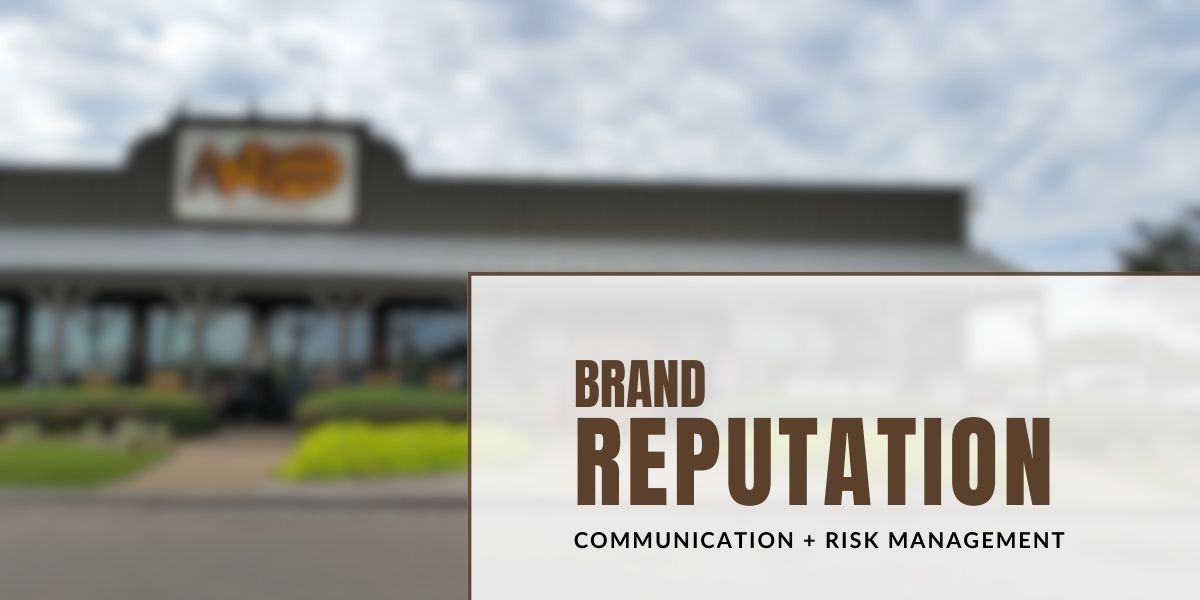More Than Just a Barrel: Protecting Reputation Risk When Introducing a Brand Refresh
2 Min Read By Natalie Magierski, Adrien Maines, Eni Olaogun
In the wake of the Cracker Barrel logo controversy, branding and marketing teams can manage reputational risk by focusing on transparent communication, thoughtful engagement, phased implementation, and active listening. Doing so can ensure that heritage brands modernize their identity without compromising the emotional equity they've built with consumers over time.
When navigating a brand refresh as part of a broader strategic transformation, there are four key components brands should keep in mind:
Proactive and Transparent Messaging
Heritage brands carry deep emotional and cultural resonance. Sudden changes—especially to visual identity—can feel jarring or even alienating to loyal audiences.
For marketers stewarding heritage brands, rebranding—especially a logo change—is not just a design decision, but a strategic act of storytelling.
To mitigate this:
- Brands must clearly communicate the “why” behind the rebrand, well ahead of implementation. It is essential to understand the reasons behind it so that it does not weaken brand identity and ultimately resonates with your intended audience.
- Messages should highlight evolving market needs, modern relevance, or strategic growth—reassuring stakeholders that the brand is building on, not abandoning, its legacy.
- Create multi-channel campaigns to streamline consistent messaging. This includes press releases, website content, social media posts, and emails.
Pre-Launch Engagement
Before introducing a new logo, brands should prepare their community through storytelling and behind-the-scenes insights.
- Reinforce the core values and mission that remain unchanged.
- Use nostalgic references or comparative visuals to show continuity within change.
- Consider exclusive previews for long-time customers or internal teams building advocacy, while ensuring your refresh still aligns with your brand story.
Phased Rollout Strategy
A gradual approach desensitizes your audience, reassuring them that while there is a new look, the core meaning remains intact.
- Begin with digital channels—social media, websites, and apps—where updates can be refined.
- Retain legacy imagery in physical spaces (e.g., packaging, signage, uniforms) during a transitional period to avoid alienating in-person customers.
- This hybrid visibility bridges the past and the future, fostering acceptance and minimizing shock.
Real-Time Feedback Monitoring and Transparent Responses
Rebranding is rarely met with universal approval. Effective brands:
- Closely monitor sentiment on platforms like X (Twitter), Instagram, Reddit, and review sites.
- Address concerns openly and empathetically, emphasizing a commitment to community values.
- Share feedback-driven updates or clarify misconceptions to show that customer voices influence decisions, reinforcing trust.
- Validate the consumer experience through tailored surveys before, during and after the rebranding phase.
For marketers stewarding heritage brands, rebranding—especially a logo change—is not just a design decision, but a strategic act of storytelling. It requires a careful balance between modernization and preservation. By engaging stakeholders early, clearly articulating the rationale behind the change, and executing a phased rollout, marketers can guide loyal audiences through the transition without eroding trust or emotional connection.




